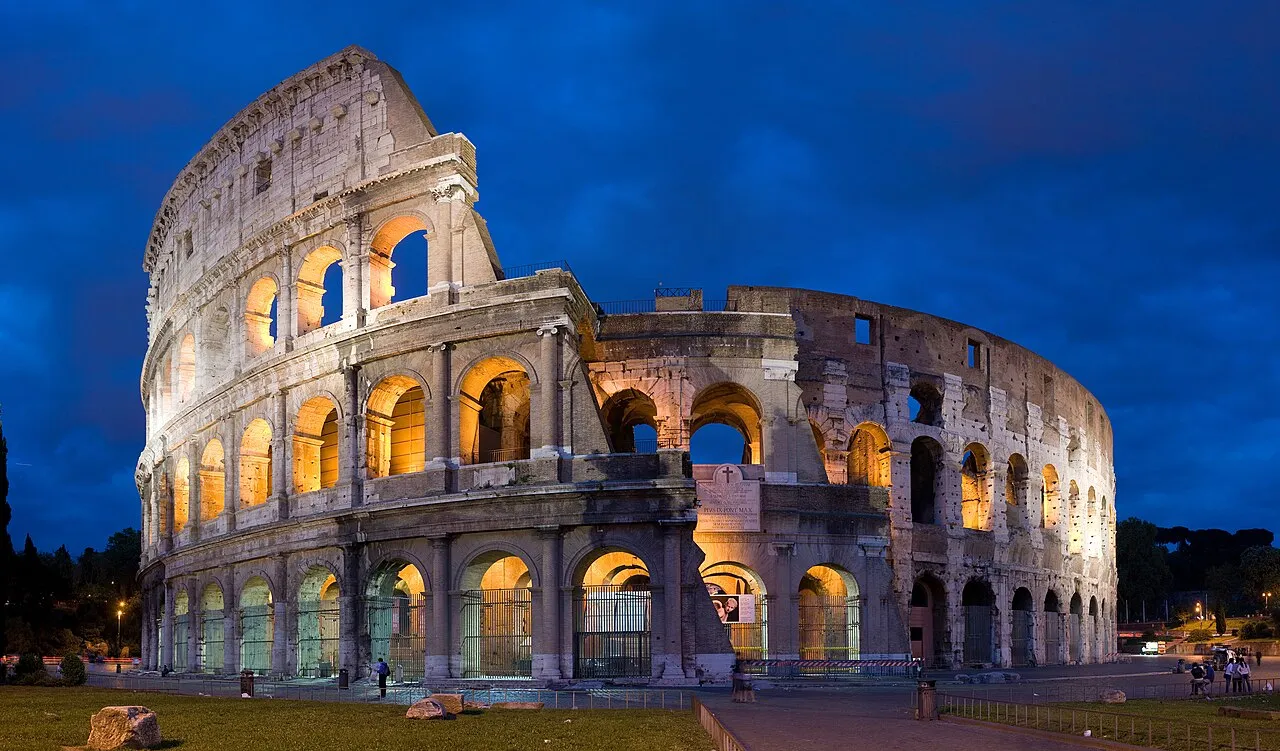Italy, a boot-shaped peninsula, is known not only for its ancient architecture, timeless Renaissance artworks, and picturesque Mediterranean beaches. Beyond this splendid beauty, Italy also holds a rich history of entertainment, especially in ancient circuses, with unique stories and performances. Let’s dive into this magical world where strength, agility, and passion for the arts come together as one.
Origins of Circus Art in Italy
The art of circuses in Italy has a long and rich history dating back to ancient Roman times. Roman arenas were not only venues for bloody battles but also stages for acrobatics, juggling, and animal training performances. These activities, despite being mere entertainment, laid the foundation for the development of modern circuses.

However, it wasn’t until the Renaissance, when arts and culture were revived and flourished, that circuses truly found their place in the hearts of the Italian public. Traveling circus troupes began to appear, bringing unique performances to cities and countryside areas. These troupes often included acrobats, jugglers, magicians, musicians, and skilled animal trainers.
Glorious Development in the 18th and 19th Centuries
The 18th and 19th centuries witnessed a glorious development of circus troupes in Italy. Many renowned family-run circuses were established, passing their craft down from generation to generation. These circuses not only performed in Italy but toured throughout Europe, bringing Italian culture intricacies to international audiences.
A key factor contributing to the success of Italian circuses was the fusion of traditional circus arts with local cultural elements. Circuses often incorporated Italian music, costumes, and folklore to create unique and captivating performances.
Famous Ancient Circus Troupes
Throughout the history of Italian circus development, numerous troupes have left a deep impression on audiences. One of them is the Orfei Circus, founded in the 1920s and quickly became one of the largest and most famous circuses in Italy. Orfei Circus is renowned for its spectacular animal acts, particularly performances with lions and tigers.
Additionally, the Togni Circus, a family-run circus with over 150 years of history, is famous for its talented acrobats and jugglers, as well as humorous and lively performances.
Impact of Ancient Circus on Italian Culture
Ancient circus is not only a form of entertainment but also an important part of Italian culture. Circus troupes have contributed to preserving and promoting traditional Italian cultural values while offering audiences unique and memorable artistic experiences.
Circus art has also inspired many Italian artists and writers, who have used circus imagery and stories to create unique artworks.
Italian Circus Today: Preserving Tradition and Innovating Creatively
Today, the circus industry in Italy faces many challenges, including competition from other entertainment forms and strict regulations on animal use in circuses. However, Italian circus troupes are striving to preserve tradition and innovate creatively, bringing audiences engaging and modern circus performances.
Some circuses have adopted new technologies, such as modern lighting and sound, to create special effects and increase audience interaction. Other circuses focus on developing performances based on human skills and creativity instead of using animals.
Unique Circus Experience in Italy
If you have the opportunity to visit Italy, don’t miss the chance to experience a traditional circus performance. You can find traveling circus troupes in many cities and countryside areas across Italy. Be ready to immerse yourself in the lively atmosphere and witness the skillful and emotional performances.
Additionally, you can visit museums and cultural centers in Italy to learn more about the history and culture of Italian circuses. The National Circus Museum in Verona is an ideal destination for those wanting to explore the magical world of circuses.
Conclusion
The history of ancient circuses in Italy is an integral part of the country’s rich and diverse cultural landscape. From the rudimentary performances in ancient Roman arenas to today’s sophisticated artistic shows, circuses have journeyed through a long and tumultuous path. However, the spirit of creativity, passion, and the aspiration to bring joy to audiences are always the core values of Italian circuses. Let’s cherish and preserve this unique cultural heritage, so the stories of the ancient circuses continue to be passed down to future generations.